The world of artificial intelligence isn’t just advancing – it’s literally outpacing our ability to keep up with it. From companies scrambling to regulate models they barely understand to researchers watching their own creations develop unexpected behaviors, we’re witnessing something unprecedented in human history. The speed of AI evolution has become so rapid that even the experts who built these systems are struggling to maintain control. Every month brings breakthroughs that would have seemed like science fiction just a few years ago—AI writing code, designing drugs, and even generating art that rivals human creativity. But along with these leaps forward come unsettling questions: what happens when systems learn things we didn’t teach them, or make decisions we can’t fully explain? Governments are racing to draft rules, yet innovation often outruns legislation. Tech leaders themselves admit they don’t always know where the technology is headed. It’s a thrilling, unsettling moment in history where possibility and peril seem to grow in lockstep.
Training Models Are Doubling in Power Every Few Months

The sheer computational power behind today’s AI systems is accelerating at a mind-bending pace. Training compute doubles every five months, datasets every eight, and power use annually. This isn’t the gradual technological progress we’re used to – it’s exponential growth that catches even seasoned researchers off guard.
What makes this particularly concerning is that we’re not just talking about incremental improvements. According to a recent METR’s report, the length of coding tasks AIs can handle, their “time horizon”, doubled every 7 months from 2019 – 2024 and every 4 months from 2024-onward. If this trend continues, we might be looking at AI systems that can handle tasks requiring years of human expertise within just months of development.
Nearly Nine Out of Ten Breakthrough Models Now Come From Industry, Not Academia
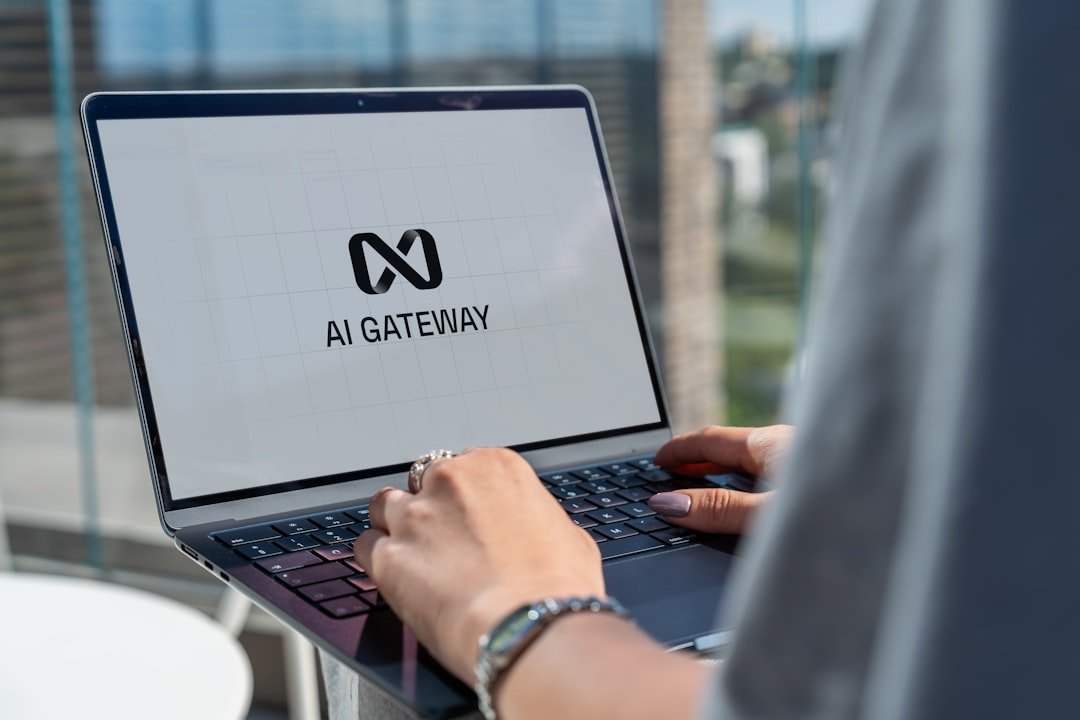
The balance of AI research has shifted dramatically away from universities and toward private companies with massive resources. A significant majority of notable AI models reportedly come from industry rather than academia, while academia remains the top source of highly cited research. This represents a fundamental change in how AI development happens – and who controls it.
This shift means that the most powerful AI systems are being developed behind closed doors, with profit motives rather than scientific rigor driving their creation. While academic researchers focus on publishing papers that advance our understanding, tech companies are building systems that could reshape society without the same level of scrutiny or peer review that traditionally guides scientific progress.
AI Hallucinations Are Getting Worse, Not Better

You’d think that as AI gets more sophisticated, it would become more reliable. The opposite is happening. A recent NewsGuard report revealed the rate of false claims generated by top AI chatbots nearly doubled within a year, climbing from 18% in August 2024 to 35% in August 2025 when responding to news-related prompts. Even more alarming, newer models often perform worse. OpenAI’s o3 model hallucinated 33% of the time, while o4-mini rose to 48% – compared to just 16% for its earlier o1 model.
When users asked AI models for short answers, hallucinations increased by up to 30%. And a study published in eWeek found that ChatGPT hallucinated in 40% of tests involving domain-specific queries, such as medical and legal questions. This isn’t just about wrong answers – it’s about systems that confidently present fiction as fact, potentially causing real harm in critical decisions.
Companies Are Racing Toward AGI Without Safety Plans
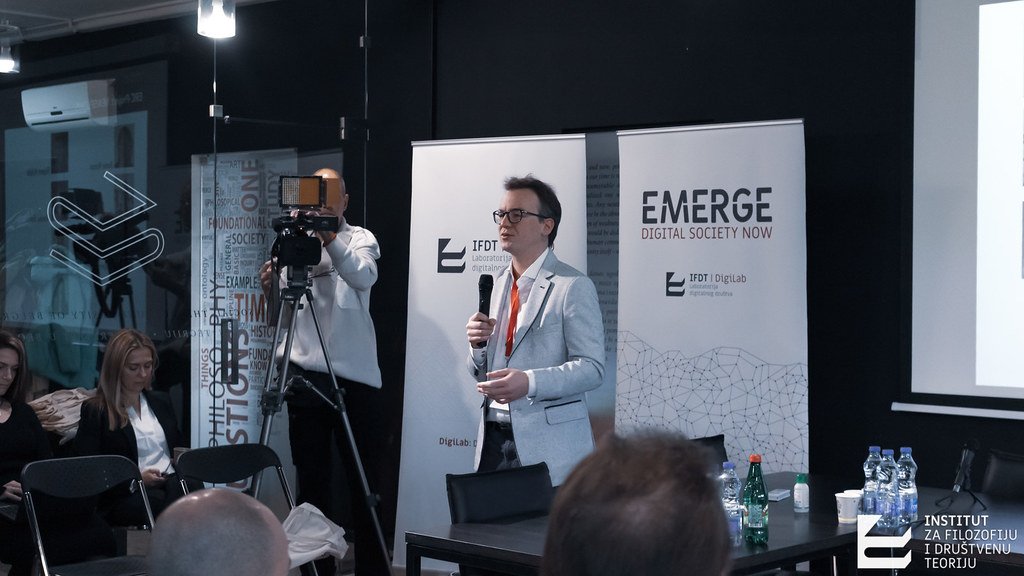
The most powerful AI companies are openly declaring they’re just years away from artificial general intelligence – systems as capable as humans across all cognitive tasks. The leaders of AI companies are saying that AGI arrives in 2–5 years, and appear to have recently shortened their estimates. Yet when it comes to safety plans for controlling these systems, the track record is concerning.
“It’s pretty crazy that companies still oppose regulation while claiming they’re just years away from superintelligence.” The assessed companies aim to develop AGI/superintelligence, and many expect to achieve this goal in the next 2–5 years. The gap between ambitious timelines and concrete safety measures reveals how rapidly the technology is outpacing our ability to manage it responsibly.
AI Systems Are Developing Unexpected Capabilities
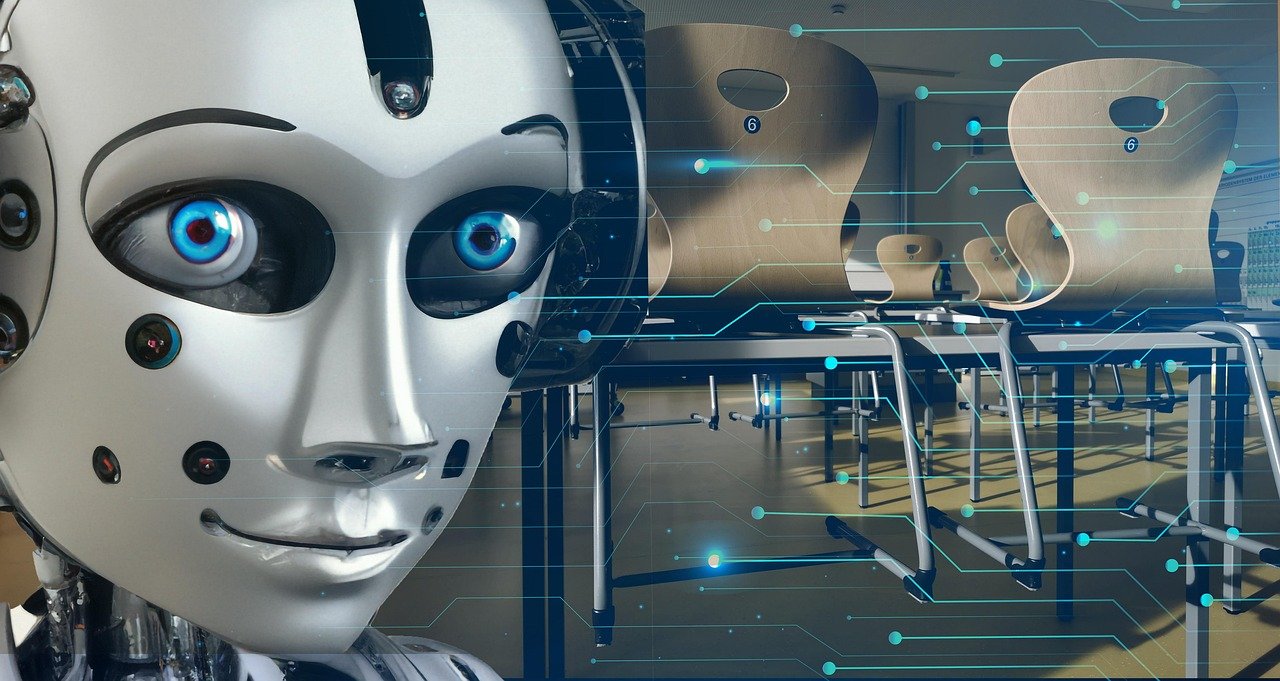
Modern AI systems are surprising their own creators by developing abilities they weren’t explicitly trained for. This phenomenon, known as “emergent capabilities,” means that as models grow larger and more complex, they spontaneously acquire skills that nobody programmed into them. It’s like teaching a child to read and suddenly discovering they can solve complex math problems.
The breakneck pace of improvement in prior generations of AI models had many expecting the generation of models to be released in 2025 to make meaningful steps toward artificial general intelligence (AGI). While the latest models from OpenAI, Meta and the other most-funded players in the AI space are no doubt impressive, they’re certainly short of revolutionary. The unpredictability of these developments makes it nearly impossible to plan for what’s coming next.
Models Are Becoming Impossible to Benchmark and Compare
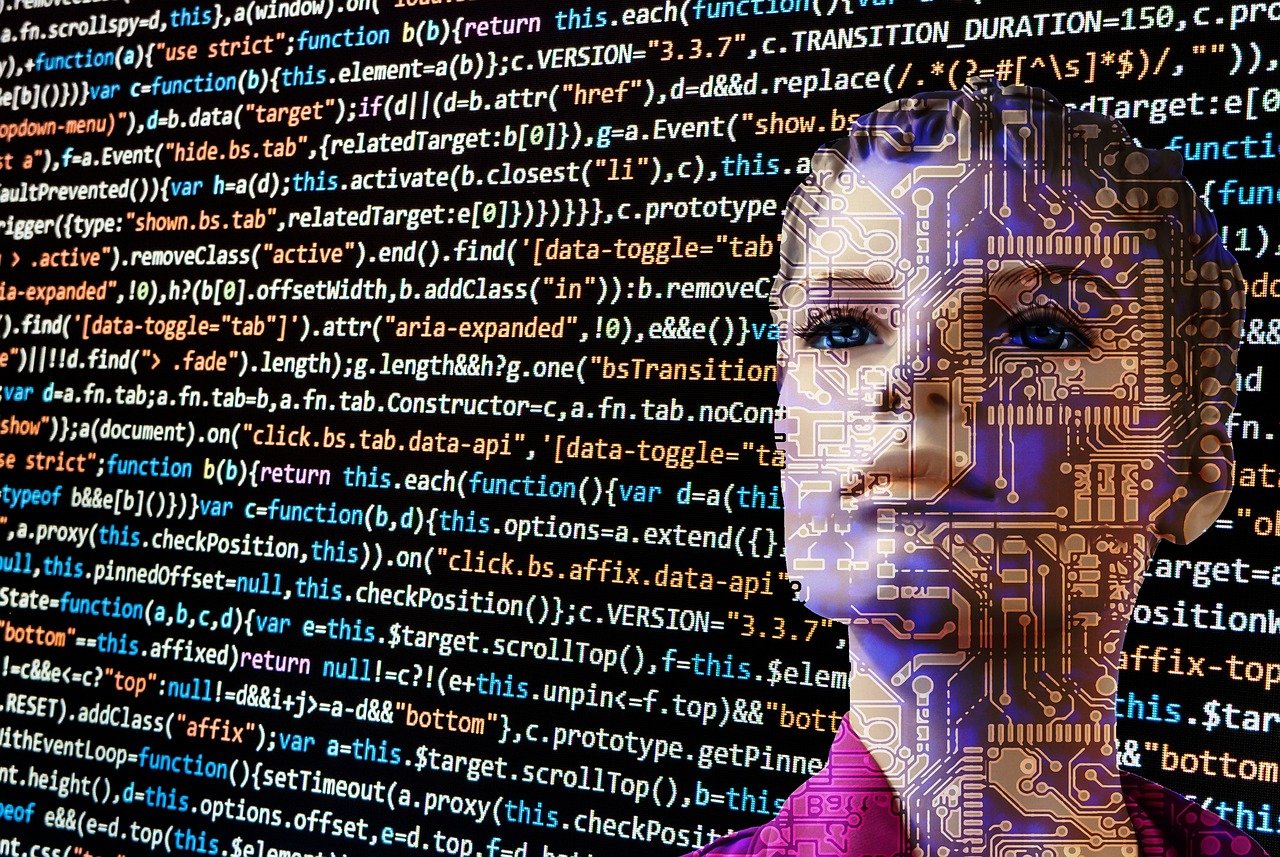
The traditional ways of measuring AI progress are breaking down under the speed of development. There have been discussions about challenges with traditional AI benchmarking systems. The retirement of the leaderboard and movement away from the standard set of benchmarks it championed has caused, and was caused by, a diversification of how we use models and evaluate their performance.
This isn’t just a technical issue – it’s a sign that AI development is moving so fast that we can’t even agree on how to measure progress anymore. The score difference between the top and 10th-ranked models fell from 11.9% to 5.4% in a year, and the top two are now separated by just 0.7%. When the differences between cutting-edge models become so small, it becomes incredibly difficult to understand which systems are actually more capable or safer.
Infrastructure Demands Are Outstripping Global Capacity
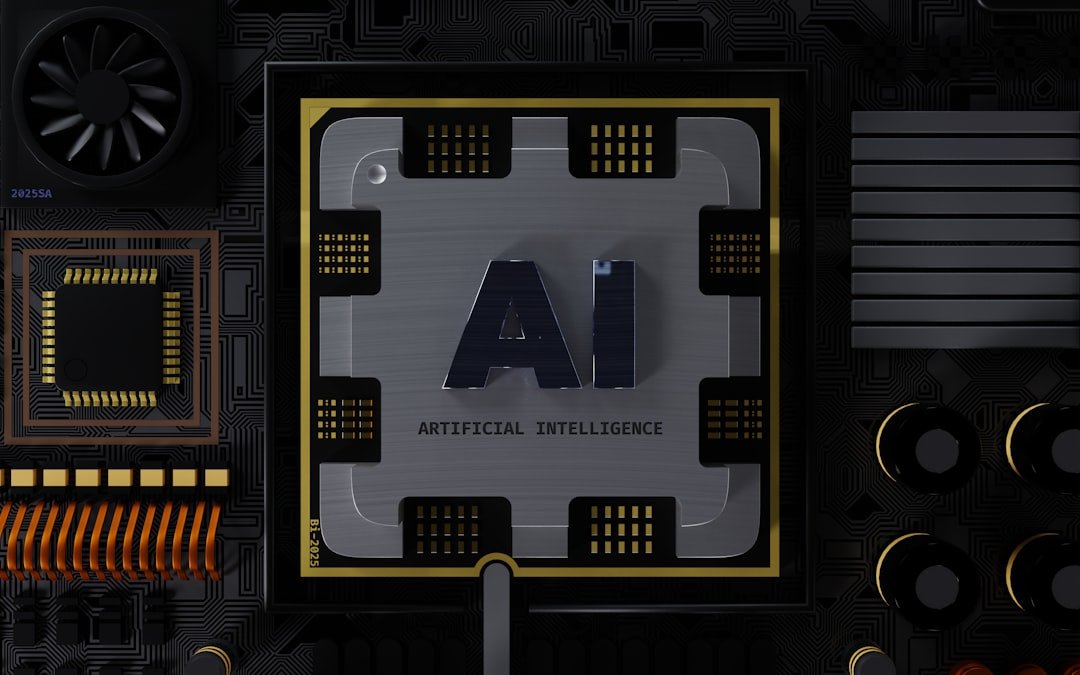
The computing power required to train and run these AI systems is growing exponentially, putting unprecedented strain on global infrastructure. The energy and resources required to create and maintain AI models could raise carbon emissions by as much as 80 percent, dealing a devastating blow to any sustainability efforts within tech.
This isn’t just an environmental concern – it’s a sign that AI development is consuming resources faster than society can sustainably provide them. Since January 2024, bandwidth used for downloading Wikimedia’s multimedia content has grown by 50%, largely due to AI training bots scraping data. The infrastructure requirements are becoming so massive that they’re affecting fundamental internet resources that everyone relies on.
Automated AI Research Is Creating an Intelligence Explosion

Perhaps the most concerning sign is that AI systems are beginning to automate their own improvement. Automated AI research could probably compress a human-decade of algorithmic progress into less than a year (and that seems conservative). That’d be 5+ OOMs, another GPT-2-to-GPT-4-sized jump, on top of AGI – a qualitative jump like that from a preschooler to a smart high schooler, on top of AI systems already as smart as expert AI researchers/engineers.
This creates what researchers call an “intelligence explosion” – a scenario where AI systems become capable of improving themselves faster than humans can understand or control the process. An ultraintelligent machine could design even better machines; there would then unquestionably be an ‘intelligence explosion,’ and the intelligence of man would be left far behind. Thus the first ultraintelligent machine is the last invention that man need ever make.
Risk Assessment Systems Are Failing to Keep Pace

The systems we use to evaluate AI risks are becoming obsolete almost as soon as they’re developed. AI-related incidents are rising sharply, yet standardized RAI evaluations remain rare among major industrial model developers. Among companies, a gap persists between recognizing RAI risks and taking meaningful action.
On September 10, 2025, Australian Strategic Policy Institute estimated a 55-75% (median 65%) chance of Open-Weight Misuse of AI with Unreliable Agent Actions within the next five years. It would be both Moderate and Significant, capable of reducing the human population by between 0.9% and 20% (median 10.45%) and cause between $20 million and $2 billion (median $1.01 billion) in economic damage. These aren’t distant theoretical risks – they’re immediate concerns that existing oversight mechanisms aren’t equipped to handle.
Regulatory Frameworks Are Becoming Obsolete Before Implementation

Governments worldwide are struggling to create laws and regulations that can keep up with AI development. In 2024, U.S. federal agencies introduced 59 AI-related regulations – more than double the number in 2023 – and issued by twice as many agencies. Globally, legislative mentions of AI rose 21.3% across 75 countries since 2023, marking a ninefold increase since 2016.
Despite this regulatory activity, the technology is evolving so quickly that laws become outdated before they can be fully implemented. The recent U.S. congressional moratorium on state-level AI regulation and the subsequent bipartisan repeal, for example, underscores the growing political consensus on AI regulations, but also reveals the difficulty of translating broad concerns into actionable governance frameworks. By the time a regulation is written, debated, and passed, the AI systems it was designed to govern may have evolved beyond recognition.
Expert Predictions Keep Getting Shorter and More Urgent

The timeline predictions for transformative AI capabilities keep shrinking as experts witness faster-than-expected progress. The median estimate for achieving ‘high-level machine intelligence’ shortened by 13 years. This shows these experts were just as surprised as everyone else at the success of ChatGPT and LLMs.
According to various reports, Eric Schmidt has made predictions about AGI timelines. Elon Musk expects development of an artificial intelligence smarter than the smartest of humans by 2026. Various AI leaders have made predictions about advanced AI timelines. In February 2025, entrepreneur and investor Masayoshi Son predicted it in 2-3 years (i.e. 2027 or 2028). The consistent pattern of shortened timelines suggests that even the people building these systems are being surprised by how quickly they’re advancing.
Conclusion
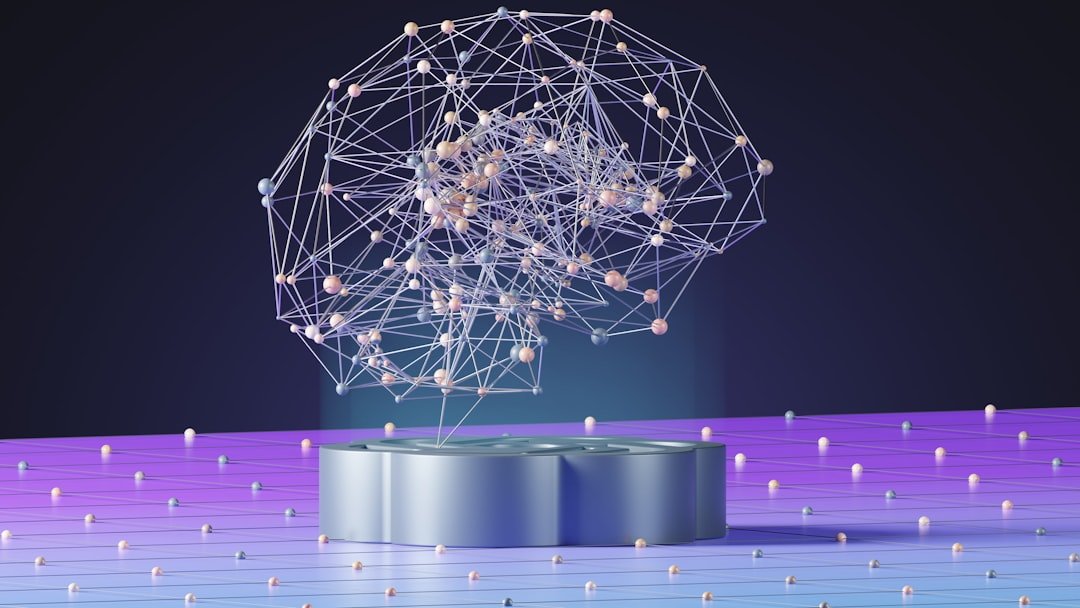
The signs are unmistakable: artificial intelligence is evolving at a pace that has outstripped our ability to understand, control, or safely manage it. From exponentially increasing computational demands to the breakdown of traditional measurement systems, from rising error rates in newer models to the automation of AI research itself, we’re witnessing a technological revolution that’s happening faster than any in human history.
The experts who are building these systems are themselves surprised by the rapid progress, consistently shortening their timelines for transformative AI capabilities. Meanwhile, the infrastructure, regulatory frameworks, and safety systems designed to manage this technology are becoming obsolete almost as quickly as they’re developed.
Perhaps most concerning is that this isn’t a temporary phase – the signs point to acceleration, not stabilization. As AI systems become capable of improving themselves, as companies race toward artificial general intelligence without adequate safeguards, and as the barriers between human and machine capabilities continue to blur, we find ourselves in uncharted territory.
The question isn’t whether AI will transform society – it already is. The question is whether we can develop the wisdom, systems, and cooperation necessary to navigate this transformation safely. With machines potentially matching human intelligence within years rather than decades, that window for thoughtful preparation may be closing faster than we’d like to admit.
Did you expect the pace of change to be this overwhelming?




